
A Revolutionary Approach: Treating Iron-Induced Injuries with Topical Medication
Release time:2023-09-21 Click:141
Introduction
Iron-induced injuries are a common occurrence in various industries, such as construction and manufacturing, where workers are regularly exposed to iron-containing materials. These injuries can range from simple cuts and bruises to more severe wounds, often requiring medical attention. Traditionally, these injuries have been treated with systemic medications, such as iron chelators or anti-inflammatory drugs. However, a revolutionary approach is emerging in the field of medicine - the use of topical medication for treating iron-induced injuries. This article explores this innovative approach and its potential benefits in the field of wound care.
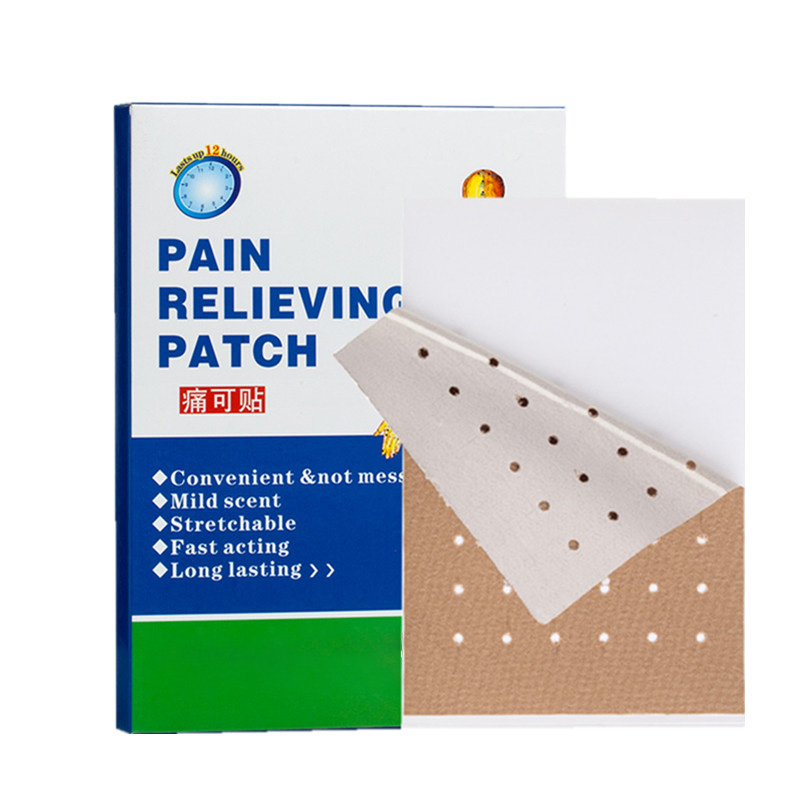
Understanding Iron-Induced Injuries
Iron-induced injuries occur when iron particles penetrate the skin, leading to tissue damage and inflammation. These injuries can be particularly challenging to treat, as iron has pro-inflammatory effects and can induce oxidative stress within the affected area. Furthermore, systemic medications may not effectively target and treat the source of the injury, resulting in prolonged healing times and increased risk of complications.
The Role of Topical Medication
Topical medication, applied directly to the site of the injury, offers several advantages in the treatment of iron-induced injuries. Firstly, topical medications allow for targeted delivery, ensuring that the medication reaches the affected area directly. This localized treatment approach allows for a higher concentration of the medication to be delivered to the injury site, enhancing its effectiveness.
Secondly, topical medications can provide a protective barrier over the wound, preventing further exposure to iron particles and external contaminants. This barrier can help minimize the risk of infection and promote a more favorable healing environment.
The Potential Benefits
The use of topical medication for treating iron-induced injuries holds great promise in improving patient outcomes and reducing the burden on healthcare systems. Firstly, this approach offers a potentially more cost-effective solution compared to systemic medications. By directly applying medication to the wound site, lower doses can be used, reducing the overall cost of treatment. Additionally, the targeted delivery of medication can result in faster healing times, allowing individuals to return to work or normal activities more quickly.
Furthermore, the use of topical medication may reduce the need for invasive procedures, such as surgical debridement, in some cases. By promoting wound healing and minimizing inflammation, topical medications can potentially limit the extent of tissue damage, reducing the need for more invasive interventions.
Clinical Evidence and Future Directions
While the use of topical medication for treating iron-induced injuries is still relatively new, early studies have shown promising results. One study conducted on animal models demonstrated that topical application of an iron chelator significantly reduced inflammation and improved wound healing compared to systemic administration. These findings suggest that topical medication has the potential to revolutionize the treatment of iron-induced injuries in humans as well.
As researchers continue to explore this revolutionary approach, areas such as optimal medication formulations, dosing regimens, and combination therapies with other wound care products will be further investigated. These advancements hold the potential to enhance the efficacy of topical medications and expand their applications in the field of wound care.
Conclusion
In conclusion, the use of topical medication for treating iron-induced injuries represents a revolutionary approach in wound care. By directly delivering medication to the site of the injury, this approach offers targeted treatment and enhanced effectiveness. Furthermore, topical medication can provide a protective barrier and potentially reduce the need for invasive procedures. While further research is still necessary, early evidence suggests that this approach holds great promise in improving patient outcomes and reducing healthcare costs associated with iron-induced injuries.
Hot products
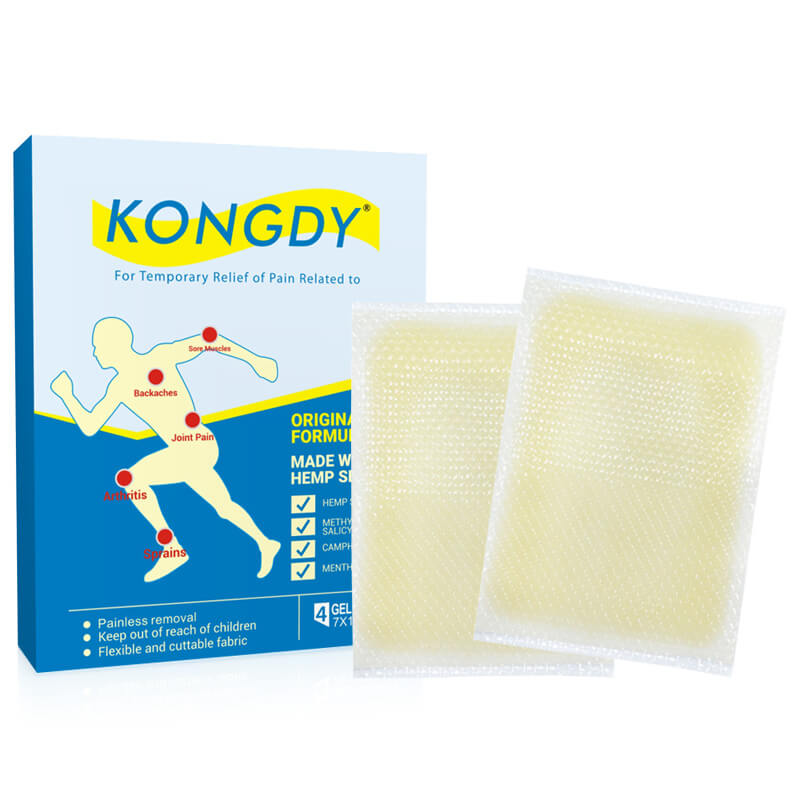
CBD Pain Relief Patch
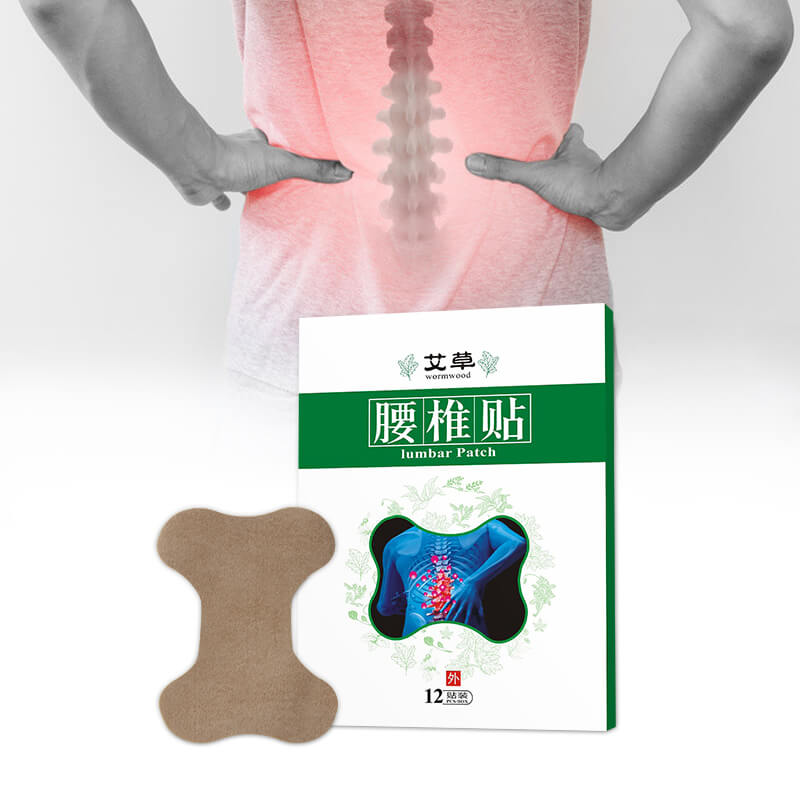
Lumbar Plaster Pain Relief Patch
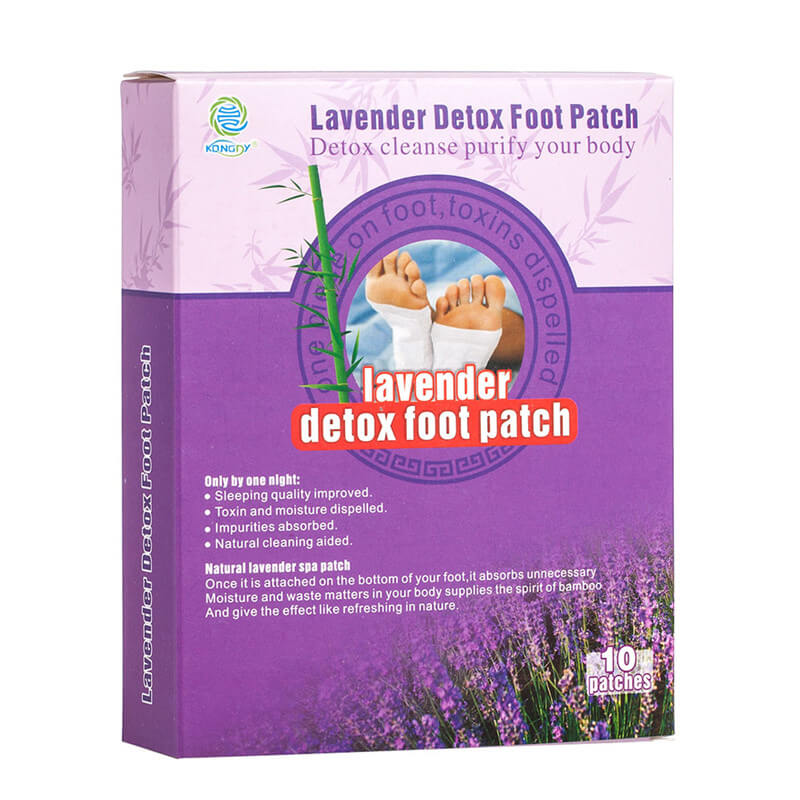
Lavender Detox Foot Patch
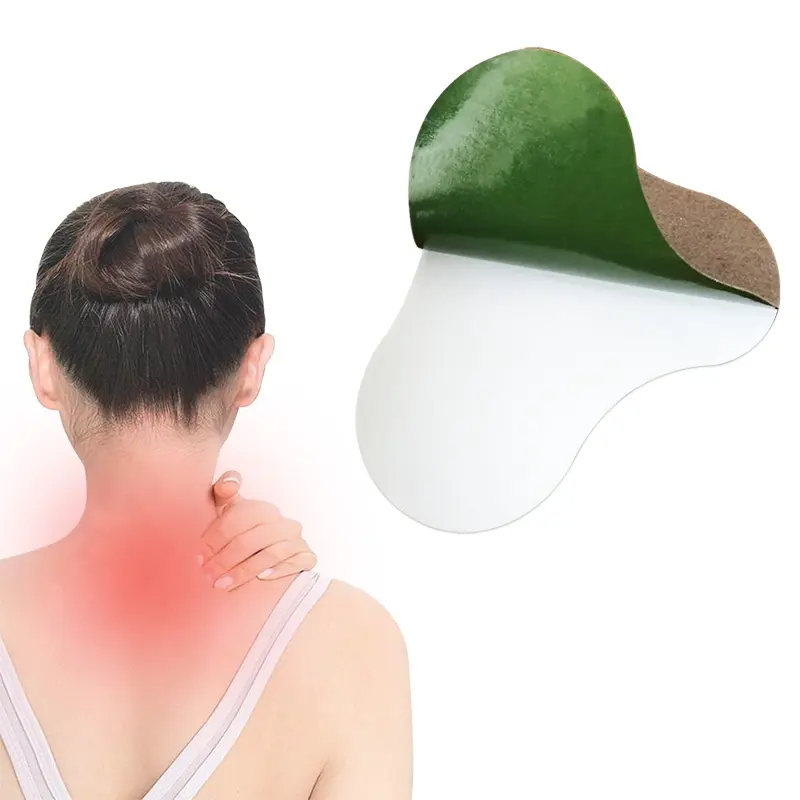
Cervical Vertebra Pain Relief Patch
Tel:0086-18939260319
E-mail:kongdycn201810@gmail.com
